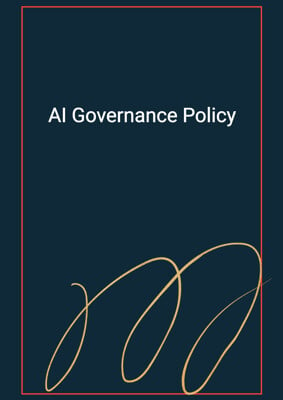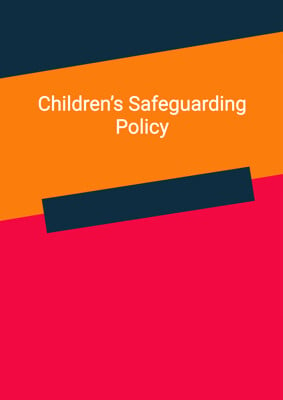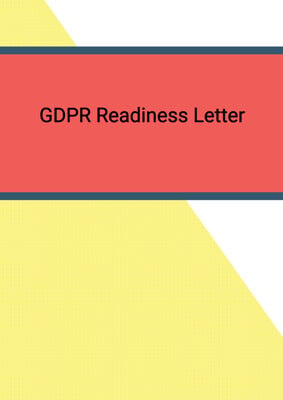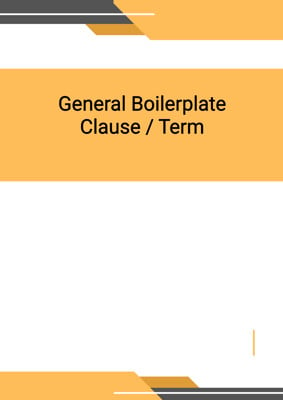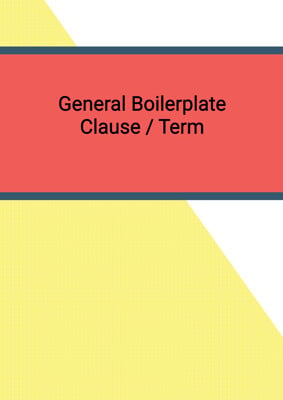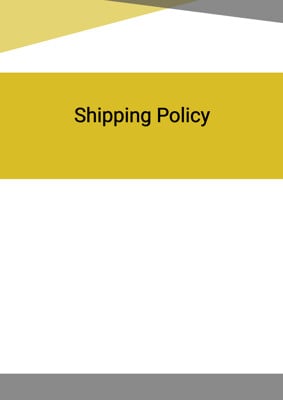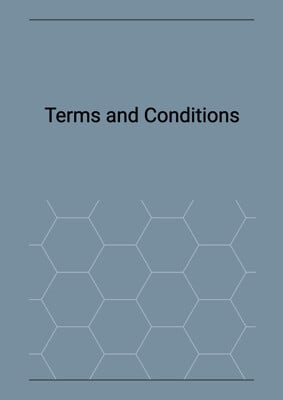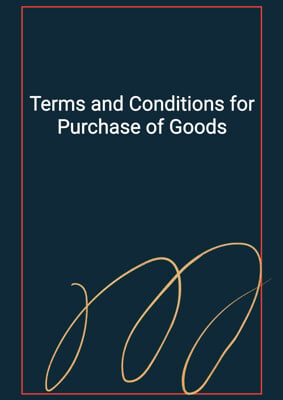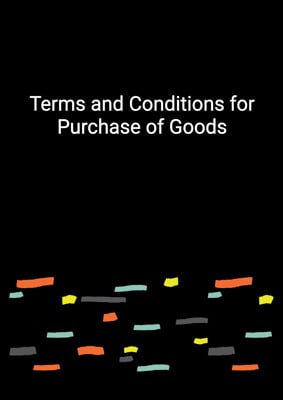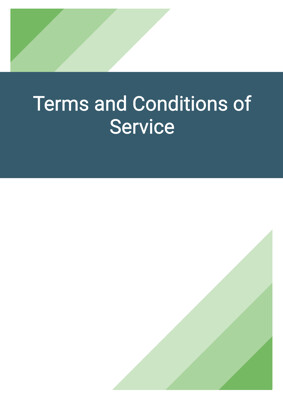How to Tailor the Document for Your Need?
01
Create Document
Click "Create Document" button and the document will be prepared with your account details automatically filled in.
02
Fill Information
Please fill in any additional information by following the step-by-step guide on the left hand side of the preview document and click the "Next" button.
03
Get Document
When you are done, click the "Get Document" button and you can download the document in Word or PDF format.
04
Review Document
Please review the document carefully and make any final modifications to ensure that the details are correct before publication / distribution.
Document Preview
Document Description
An Anti-Spam Policy is a set of guidelines and rules established by a company or organization to outline its stance and practices regarding the sending of electronic communications, particularly emails, in order to prevent and mitigate the distribution of spam.
This policy typically includes information about the company's commitment to complying with anti-spam laws and regulations and the methods for unsubscribing from future emails and the types of content that are prohibited.
The primary goal of an Anti-Spam Policy is to maintain ethical and legal communication practices, ensuring that recipients only receive relevant and desired messages while avoiding the annoyance and potential harm caused by unsolicited and deceptive communications.
This policy helps protect the reputation of the company, maintain customer trust, and adhere to legal requirements related to electronic communication.
How to use?
1. Review the Template: Carefully read through the Anti-Spam Policy template to understand its content and purpose.
2. Customization: Tailor the template to fit your specific business and practices. Insert your company name, contact information, and other relevant details.
3. Definition of Spam: Clearly define what constitutes spam according to your policy. This might include unsolicited commercial emails, emails without consent, deceptive subject lines, etc.
4. Consent and Opt-In: Outline how you obtain consent from individuals before adding them to your email list. Specify whether you use single opt-in or double opt-in methods.
5. Unsubscribe Mechanism: Describe the process for recipients to unsubscribe from your emails. Provide clear instructions and an easy-to-use unsubscribe link.
6. Frequency and Content: Address how often you send emails and the type of content you send. Ensure that your emails align with the expectations you set.
7. Third-Party Lists: Clarify whether you purchase or use third-party email lists. If not, explain your policy on only sending emails to those who have directly opted in to receive them.
8. Data Protection and Privacy: Mention your commitment to protecting recipients' personal information and ensuring compliance with relevant data protection laws.
9. Contact Information: Provide a contact email or link for recipients to ask questions, express concerns, or report potential violations.
10. Penalties: Outline the consequences for violating the anti-spam policy, which could include removal from your email list or legal action.
11. Implementation: Update your email marketing practices to align with the policies you've outlined in the template.
12. Educate Your Team: If you have a team involved in sending emails, make sure they understand the policy and its importance.
13. Website Integration: If applicable, add a link to your Anti-Spam Policy on your website, typically in the footer or a relevant section.
14. Legal Review: If you have legal concerns or are unsure about certain aspects, consult with a legal professional to ensure compliance with relevant laws and regulations.
15. Communicate to Subscribers: If you're introducing a new Anti-Spam Policy, consider sending an email to your existing subscribers to inform them of the changes.
16. Monitor and Update: Regularly review and update your Anti-Spam Policy as needed to reflect any changes in your practices or regulations.
Not the right document?
Don’t worry, we have thousands of documents for you to choose from:

